The Maryland Zoo in Baltimore is happy to announce the arrival of two African penguin chicks – the first chicks to hatch during the 2015-2016 breeding season at Penguin Coast. The chicks, by parents Mega and Rossi, hatched on November 5 and November 9. “Breeding season started in September with many of our penguins developing and defending their respective nests inside Penguin Coast,” said Jen Kottyan, avian collection and conservation manager. “We are very excited to see these first two hatch and thrive under these proven penguin parents.” The chicks, now weighing 354 grams (.78 lbs) and 177 grams (.39 lbs), are nesting comfortably with their parents inside the main conservation center building.
The Maryland Zoo has been a leader in breeding African penguins for over 40 years, winning the prestigious Edward H. Bean Award for the “African Penguin Long-term Propagation Program” from the Association of Zoos and Aquariums (AZA) in 1996. The Zoo has the largest colony of the birds in North America, with over 60 birds currently residing in Penguin Coast, along with six penguin “Animal Ambassadors” that live in the Penguin Encounters building at the exhibit. “Our penguins are bred according to recommendations from the AZA African Penguin Species Survival Plan (SSP) which helps maintain their genetic diversity,” said Kottyan. “Many of the African penguins previously bred at the Zoo now inhabit zoo and aquarium exhibits around the world.”
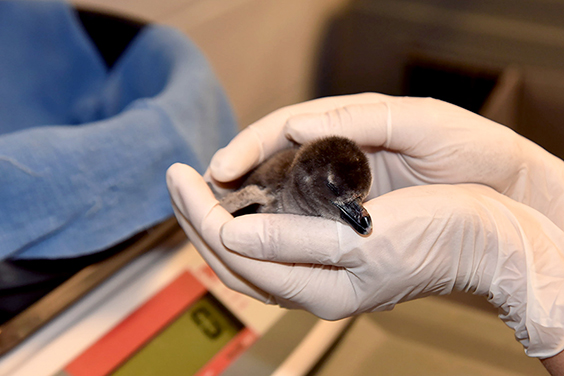
Penguin chicks hatch approximately 38 to 42 days after the egg is laid. Zoo keepers monitor development of the eggs by candling them about a week after they are laid to see if they are fertile and developing. The eggs are then placed back with the parents. “With African penguins, both the male and the female take turns sitting on the eggs,” said Kottyan. “Once the eggs hatch, parents take turns caring for their offspring; they each protect, feed, and keep the chick or chicks warm for 2-3 days and then switch off.”
After hatching at Penguin Coast, chicks stay with their parents for about three weeks and are fed regurgitated fish from both of their parents. During this time, zoo keepers and veterinarians keep a close eye on the development of the chicks, weighing and measuring them daily for the first week to make sure that the parents are properly caring for each chick. When a chick is three-weeks-old, the keepers begin hand rearing the chick to start to teach it that keepers are their source of food and to acclimate them to human interaction. “Over the years we have found that beginning the hand- rearing process at three weeks gives the chicks a great head start with their development,” continued Kottyan. “They will still retain the natural instincts of a wild penguin, while allowing us to properly care for them.”
When the chicks are between six and eight weeks old, they lose their downy feathers and become covered in the grey plumage that distinguishes juvenile penguins from the adults. At this time, they begin to learn how to swim and will then be slowly introduced to the rest of the penguin colony.
The penguin chicks will not be visible to the public for several months, but you can follow their growth and development on the Zoo’s website and Facebook page. Look for updates every other week as we move through the 2015-2016 African penguin breeding season.

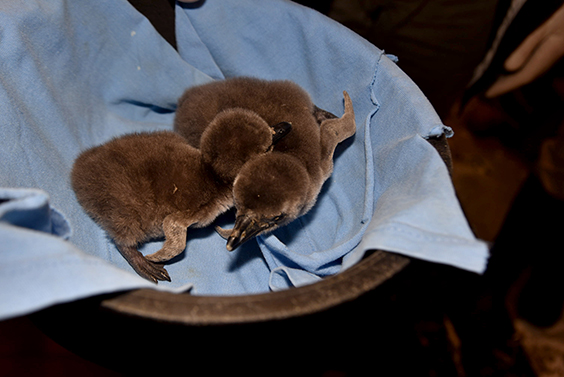
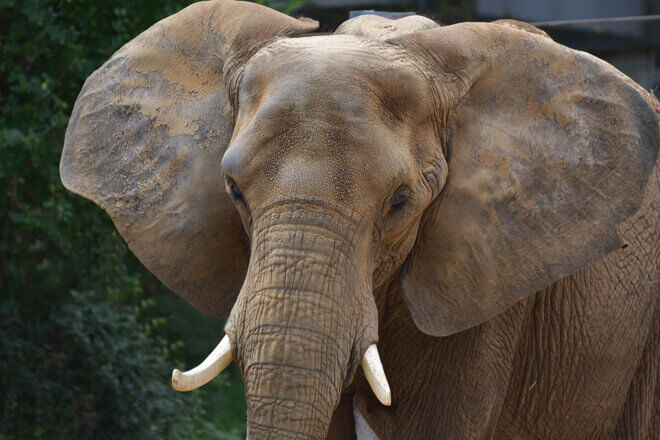
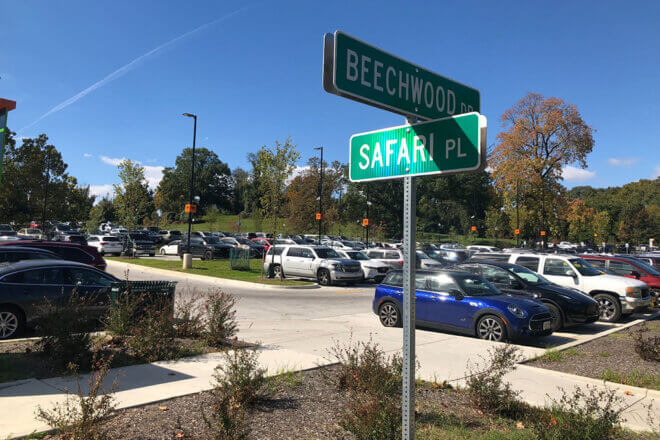
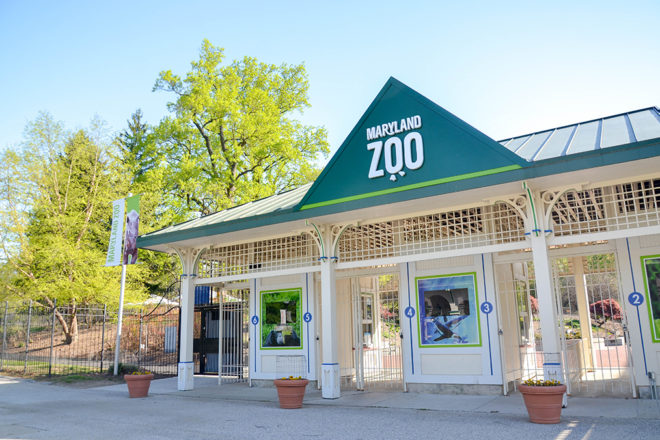

Share this article